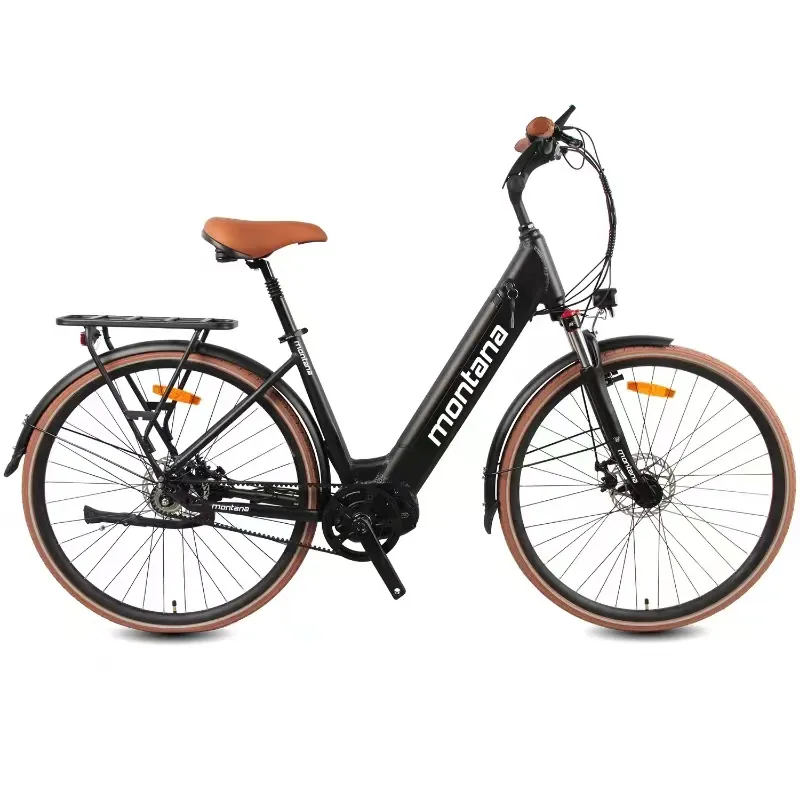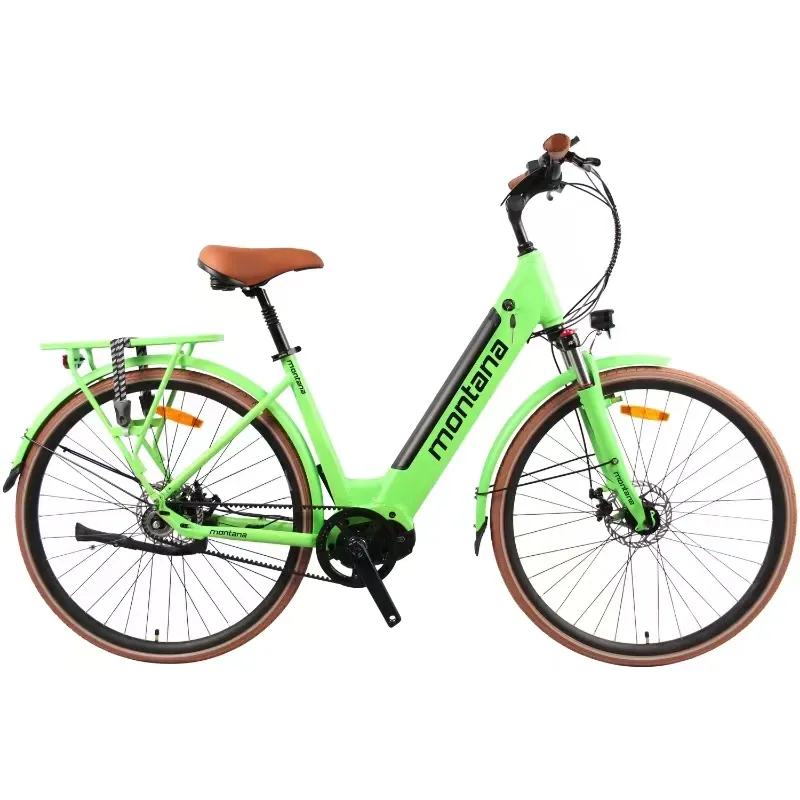Oct . 10, 2025 11:50 Back to list
Carbon Fiber eBike: Lightweight, Long-Range, Best Price?
Carbon-fiber e-bikes, from lab bench to bike lane
If you’ve ever sprinted away from a light and felt the frame almost vanish beneath you, you already know why a carbon fiber ebike has a devoted following. The latest wave blends featherweight composites with mid-motor control—and, to be honest, it’s getting hard to go back to anything else.

Industry trend check-in
Three things are shaping the segment right now: mid-drive torque sensors (natural pedaling feel), hidden batteries (clean aesthetics), and lighter frames. Many customers say range matters, but they’ll choose the lighter bike nine times out of ten if ride feel is better. European EN 15194 compliance has also nudged most brands toward 250 W nominal mid-motors with precise firmware limits—smoother, quieter, more efficient. Fleet buyers—delivery, campus, tourism—are asking for telematics and quick-swap batteries. It seems that urban mobility is finally thinking like a systems engineer.
Product spotlight: Urban Mid-Motor Lithium Electric Commuter Bike
Built in China and CE-ready, this commuter platform hides its lithium pack neatly and offers removable charging. In several markets it’s sold in aluminum—with optional composite modules or full-carbon variants depending on configuration and MOQ. I guess the point is flexibility: spec it light for riders, tough for fleets.
| Spec | Details (≈ real-world) |
|---|---|
| Frame | Aluminum 6061-T6 or carbon-fiber option; internal routing |
| Motor | Mid-drive 250 W nominal (EU), torque ≈ 65–85 Nm |
| Battery | 36 V, 10–15 Ah removable; UN 38.3 tested |
| Range | 60–120 km per charge (rider + terrain dependent) |
| Weight | ≈ 16–20 kg depending on frame and spec |
| Brakes | Hydraulic discs, 160–180 mm |
| Compliance | CE; EN 15194 pedelec; ISO 4210 components |

How the composite magic happens
Materials: mostly T700/T800 pre-preg carbon plies with high-toughness resin. Methods: layup on steel or alloy mandrels, vacuum bagging, then autoclave or controlled oven cure; bonded inserts for BB/axles; post-cure, CNC trim, ultrasonic inspection, paint. Testing: ISO 4210 frame fatigue (≈100k–200k cycles), static overload, fork drop tests, salt-spray for hardware, and IPX5–IPX6 splash on the electronics. Real service life? Frames 5–8 years of daily commuting (longer if pampered); batteries around 500–800 cycles before noticeable fade.
Use cases and feedback
- Urban commute: lane-splitting agility, one-hand lift up stairs (that’s the carbon fiber ebike advantage).
- Delivery fleets: swappable packs; torque-tuned for stop–go traffic.
- Tourism/campus: low noise, approachable geometry, easy service panels.
Riders report “it disappears under you” and “mid-drive feels whisper-quiet.” One fleet pilot (nine months, mixed weather) logged ≈22% fewer downtime hours versus previous hub-motor alloy bikes—anecdotal, yes, but it tracks with what mechanics tell me about mid-drive efficiency and better weight balance.

Vendor landscape (quick take)
| Vendor | Frame option | Certs | Lead time | Notes |
|---|---|---|---|---|
| Yanlin (Urban Mid-Motor) | Alu or carbon option | CE, EN 15194, UN 38.3 | ≈45–70 days | Customization-friendly; fleet SKUs |
| EU Brand A | Full carbon | CE, UL 2849 (select) | ≈60–90 days | High price; dealer network |
| D2C Brand B | Alu, carbon fork | CE basic | ≈30–50 days | Aggressive pricing; limited after-sales |
Customization checklist
- Geometry tweaks (reach/stack) and layup stiffness for a livelier carbon fiber ebike.
- Battery packs: 360–540 Wh; heated chargers for winter fleets.
- Pantone paint, reflective decals, fleet ID QR, IoT trackers.
- Firmware torque curves: comfort vs. sport; walk-assist profiles.
Test data snapshot
- Frame fatigue: passed 150k cycles at 1,200 N vertical load (lab bench; sample size n=3).
- Battery: UN 38.3 T.1–T.8 complete; no venting or mass loss beyond spec.
- Water ingress: electronics IPX5 splash; connectors salt-spray 72 h, no critical corrosion.
Citations:
1) EN 15194: Cycles – Electrically power assisted cycles (EPAC) – European Committee for Standardization.
2) ISO 4210: Safety requirements for bicycles – International Organization for Standardization.
3) UN Manual of Tests and Criteria, Subsection 38.3 (UN 38.3) – UN Transport of Dangerous Goods.
4) UL 2849: Electrical Systems for eBikes – UL Standards.
-
Discover Top E Bike Brand Insights, Specs & Future Trends | Yanline Bike
NewsNov.24,2025
-
Green E Bike – The Future of Sustainable Urban Mobility
NewsNov.24,2025
-
Ruffian eBike: Durable, Efficient Electric Bikes for Modern Mobility
NewsNov.23,2025
-
Comprehensive Guide to the Global E Bike Market and Future Trends
NewsNov.23,2025
-
Understanding Electric Bicycle Range: A Complete Guide for Smarter E-Bike Use
NewsNov.22,2025
-
Ceron Electric Bike – Efficient, Sustainable Urban Mobility Solutions
NewsNov.22,2025
-
Discover the Benefits and Innovations of Go Ebike | Sustainable Urban Mobility
NewsNov.22,2025




